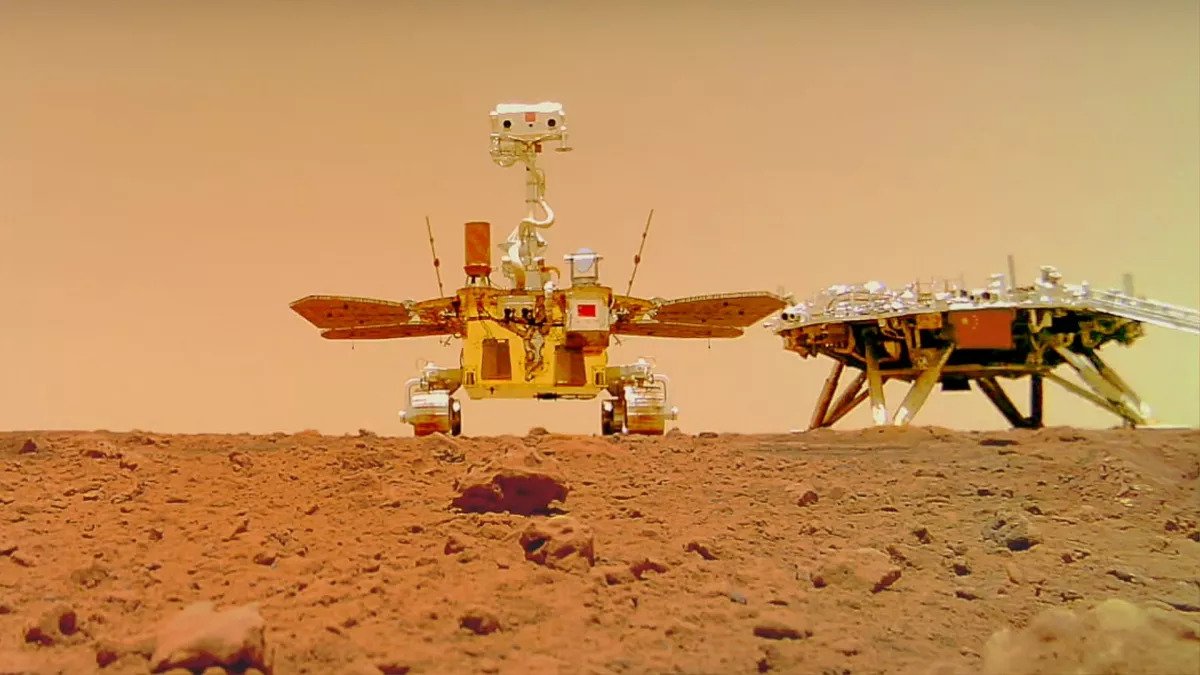China plans to launch the Tianwen-3 mission, which aims to deliver Martian soil samples to Earth in 2028. This was announced by the chief designer of the project, Liu Jizhong.

A pair of Long March 5 rockets will be used to launch Tianwen-3. They will send a bundle of a landing and takeoff module, as well as an orbiter and return module to Mars. The re-entry, descent and landing will use the technologies applied during the landing of the Tianwen-1 rover. The mission may also include a helicopter and a six-legged crawling robot to collect samples.
For years, the launch date for the Tianwen-3 mission has hesitated between 2028 and 2030. Optimal launch windows to Mars open for a few weeks every 26 months. Apparently, China is still aiming to make it in time for the 2028 ballistic window.
According to Liu Jizhong, the search for traces of life is the main scientific goal of Tianwen-3. Potential mission landing sites were selected based on astrobiological significance. These are areas with evidence of past water and geothermal activity and greater geologic diversity.
Researchers have tentatively selected three possible landing sites for Tianwen-3. These are Amazonis Planitia, Utopia Planitia. They were selected for scientific potential, engineering constraints such as low altitude to slow the descent in the atmosphere before landing, and safety based on local atmospheric conditions.
Chinese researchers also say the Tianwen-3 mission will strictly follow international agreements on planetary defense. It concerns the measures that are designed to prevent contamination of Mars with terrestrial bacteria, and should exclude the possibility of hypothetical Martian organisms in terrestrial ecosystems.
Recall that NASA and ESA are also working on a project to deliver Martian samples. However, because of projected cost overruns, the aerospace administration recently asked private companies to submit concepts that would provide faster and cheaper sample delivery.
You can also read our article that talks about technologies to bring samples of celestial bodies to Earth.
According to Spacenews


